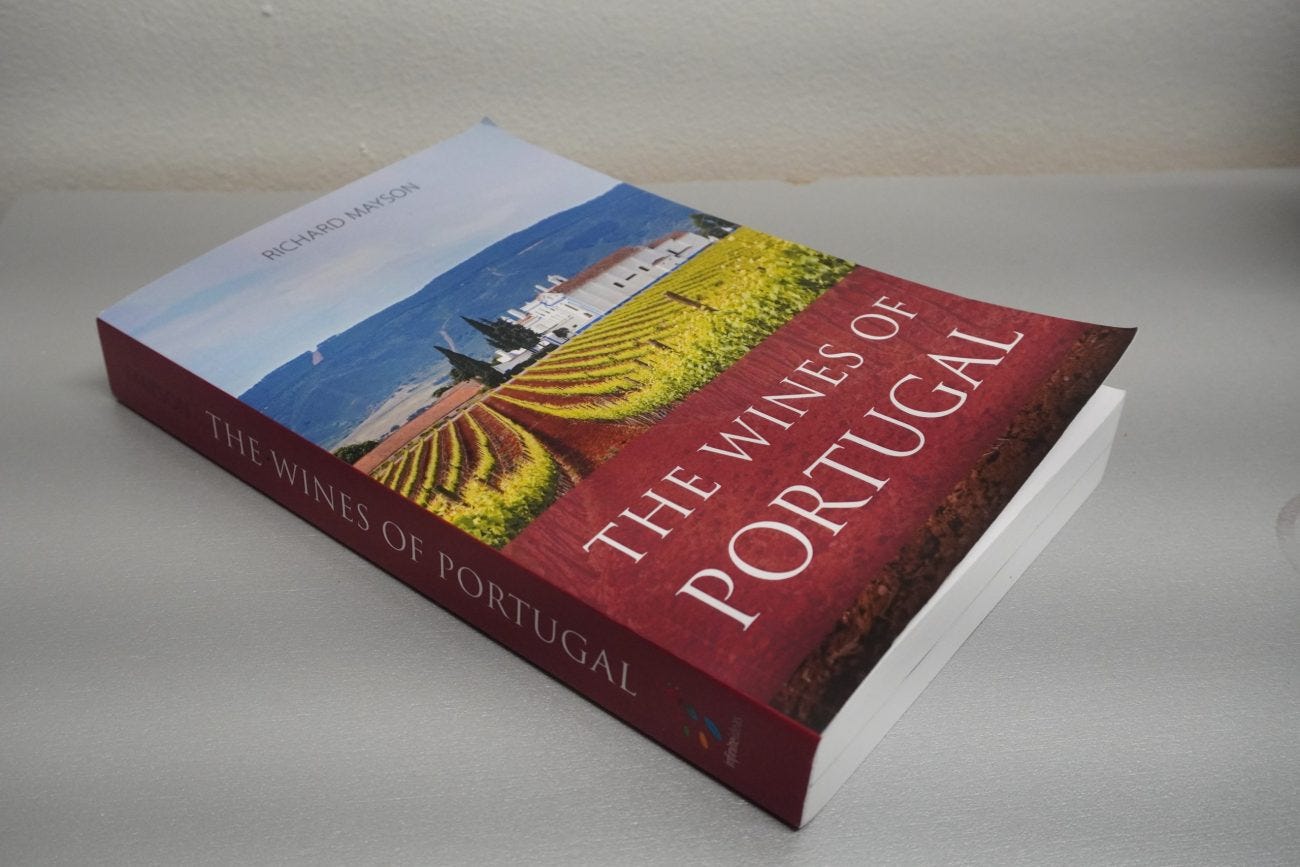Review: Richard Mayson - The Wines of Portugal
Simon reviews Richard Mayson's new book The Wines of Portugal, published by Infinite Ideas (The Classic Wine Library) on November 12th 2020.
Portugal is the Riesling of wine producing countries - it's the perennial misunderstood and under appreciated nation that much of the wine trade continues to position as 'up and coming'. Huge tracts of the wine drinking public still believe it only produces sweet fortified wines, cheap Vinho Verde and mass produced rosé. There are reportedly sommeliers …
Keep reading with a 7-day free trial
Subscribe to The Morning Claret to keep reading this post and get 7 days of free access to the full post archives.




